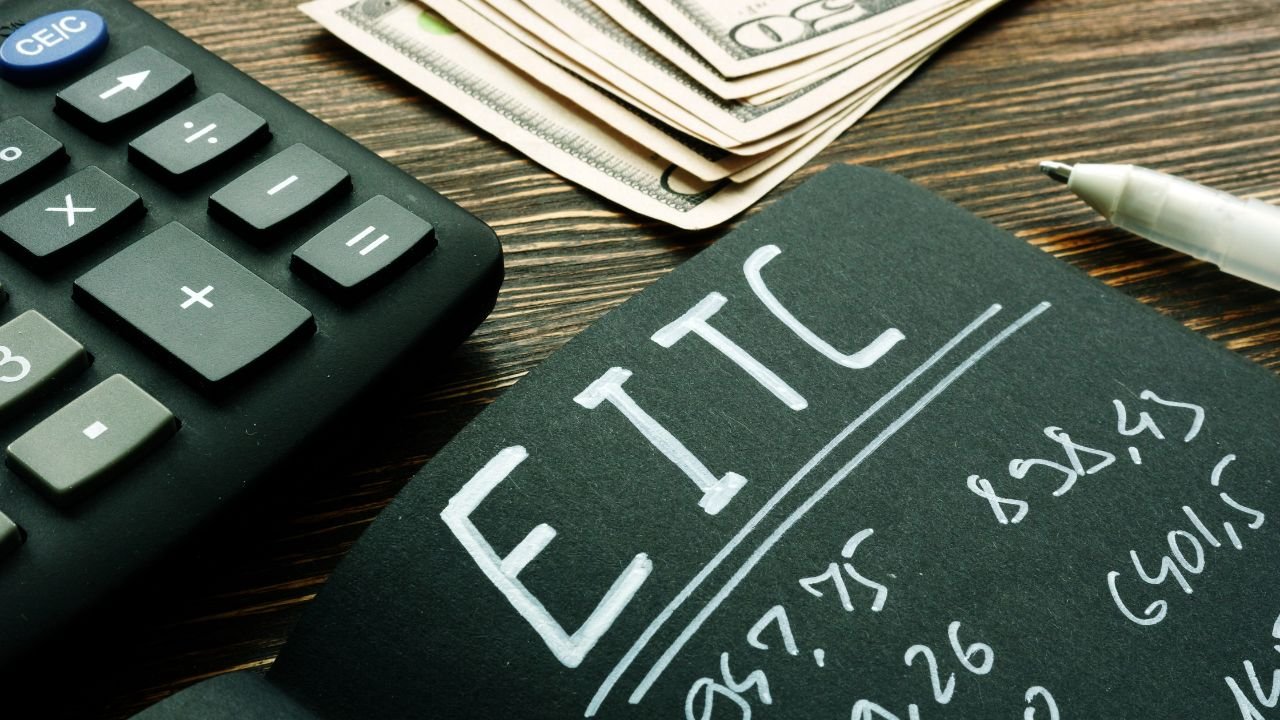The Earned Income Tax Credit (EITC) is one of the most important federal tax benefits for low to moderate-income working individuals and families. It reduces the amount of tax you owe and can even result in a refund. For 2026, income limits and credit amounts have been adjusted to reflect inflation and updated federal poverty levels.
The EITC is especially helpful for families with children, but even workers without kids can qualify. However, millions of Americans miss out on the credit each year because they either don’t know about it or assume they’re not eligible.
Table of Contents
Who Qualifies for EITC in 2026?
To qualify, you must:
- Have earned income from employment, self-employment, or certain disability benefits.
- Meet the income limits based on your filing status and number of qualifying children.
- Have a valid Social Security number for yourself, your spouse, and any qualifying children.
- Be a U.S. citizen or resident alien for the entire tax year.
- Not be claimed as a dependent by someone else.
Here are the estimated income limits and credit amounts for the 2026 tax year:
| Qualifying Children | Maximum AGI (Single/Head) | Maximum AGI (Married Filing Jointly) | Max Credit |
|---|---|---|---|
| 0 | $18,950 | $25,470 | $650 |
| 1 | $43,510 | $50,030 | $4,120 |
| 2 | $49,980 | $56,500 | $6,820 |
| 3 or more | $53,000 | $59,520 | $7,410 |
These are estimates based on inflation trends and may be adjusted by the IRS when the 2026 tax season begins.
How to Claim the Credit
Claiming the EITC is simple if you file a federal income tax return, even if you’re not otherwise required to file. Here’s how:
- Use IRS Form 1040 and fill out the EITC section (usually Schedule EIC if you have qualifying children).
- Answer questions related to earned income and dependent eligibility.
- Use tax software like Free File or work with a certified tax preparer.
- Check your eligibility on the IRS EITC Assistant tool when it’s available for 2026.
You must file your return to get the credit. If you don’t owe any taxes, the IRS will send you a refund for the full credit amount.
Common Mistakes to Avoid
- Claiming children who don’t meet the residency or relationship requirements.
- Forgetting to file because you think your income is too low.
- Using incorrect filing status—filing as “Single” instead of “Head of Household” can affect eligibility and credit amount.
- Not updating dependents if your household situation changed.
The IRS may delay processing returns that claim the EITC to help prevent fraud. Expect any EITC-related refund by late February, if your return is filed early.
Frequently Asked Questions (FAQs)
1. Can I claim the EITC if I don’t have kids?
Yes. You may still qualify if you’re between ages 25 and 64, have earned income, and meet the income threshold for individuals without children.
2. Do unemployment benefits count as earned income?
No. Only wages, self-employment income, and certain disability payments qualify as earned income for EITC.
3. Is the EITC a one-time benefit?
No. You can claim it every year that you qualify. The credit is updated annually based on your income and family size.
4. What happens if I make a mistake claiming EITC?
The IRS may deny the credit, delay your refund, or ban you from claiming EITC for up to 10 years if fraud is found. Always double-check your information or use a certified tax preparer.




